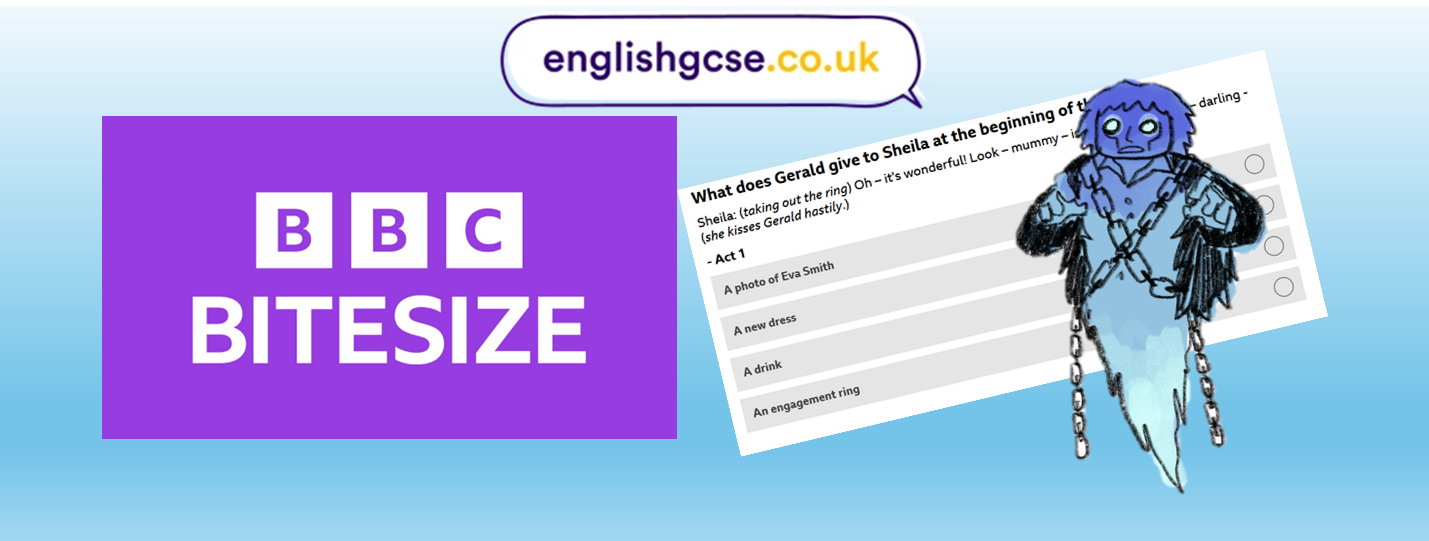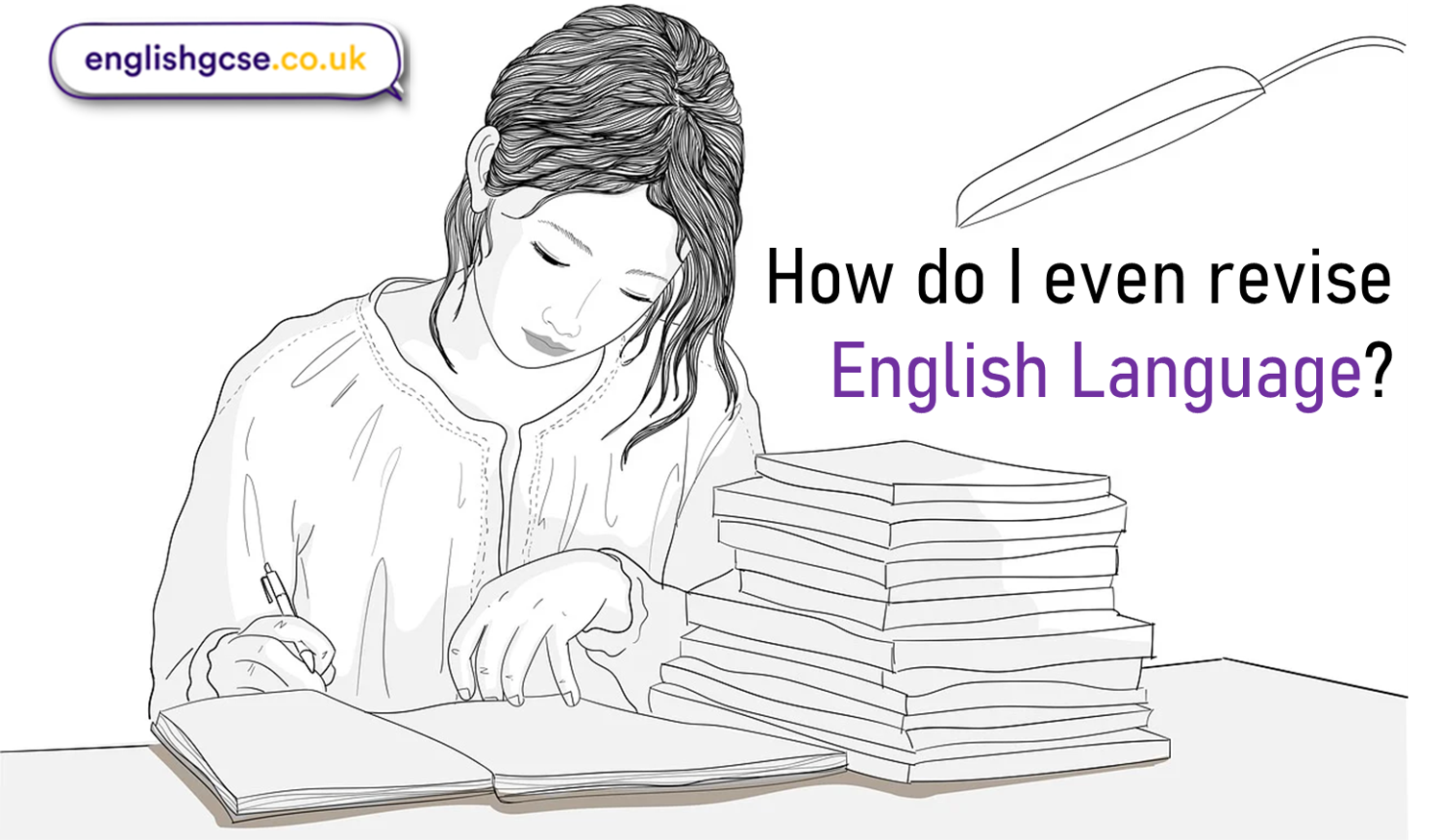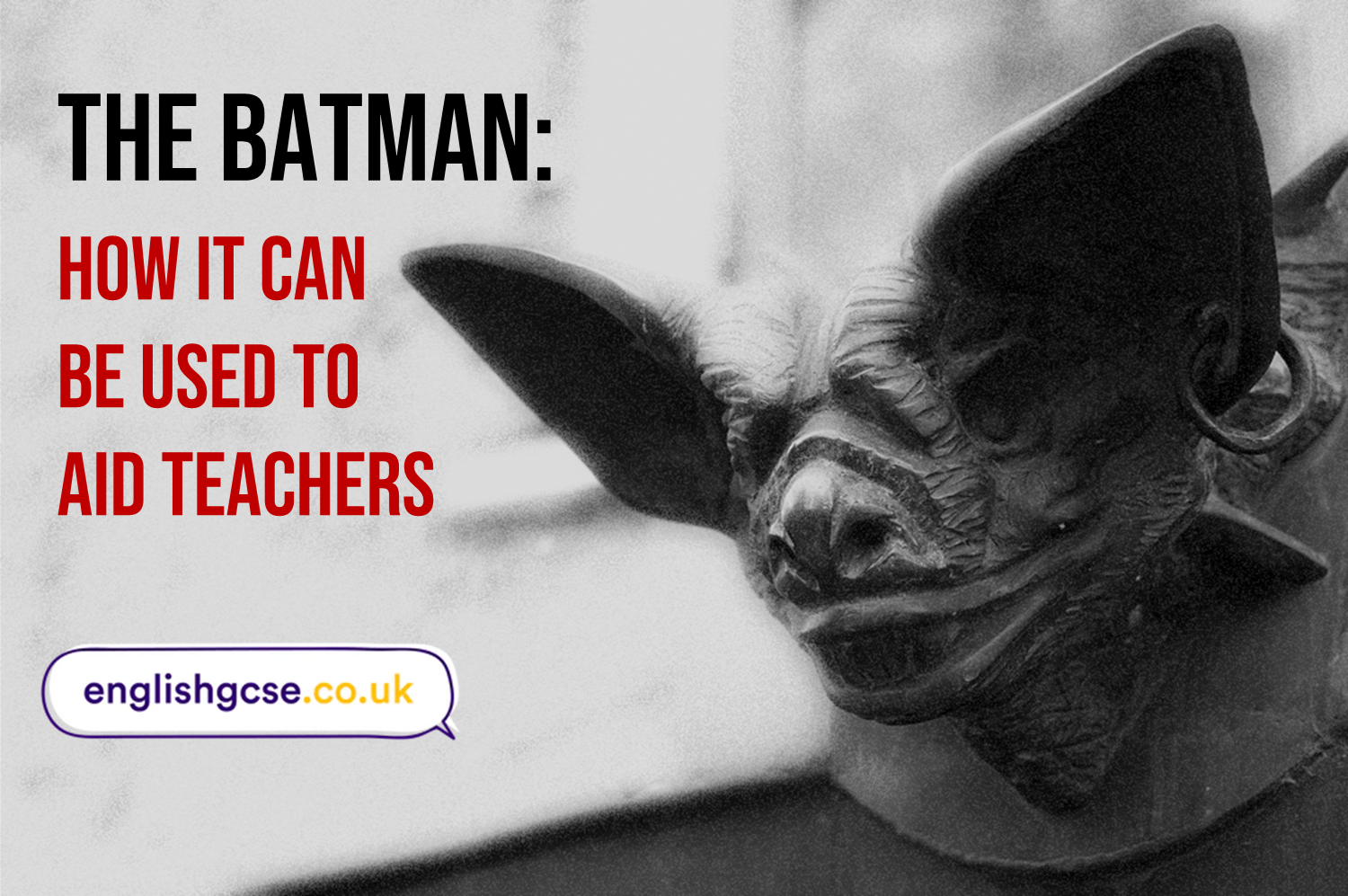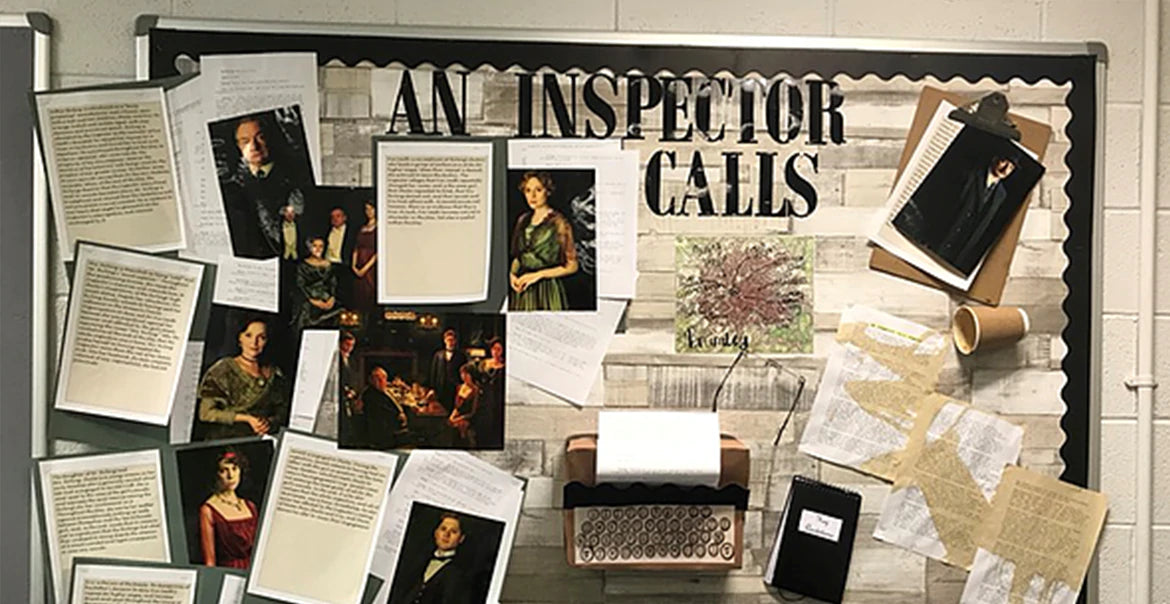The newest Macbeth film is the latest in a long line of film and TV adaptations of one of Shakespeare's darkest and most haunting plays, but it offers a clarity of vision and purpose that will prove invaluable to both teachers and students.
*Please note that there are spoilers in this article*
I've been a huge fan and follower of director/writer familial duo Joel Coen and Ethan Coen for decades; whether it be their earliest work in Blood Simple or the complex 'problem play'-esque works of Burn After Reading and A Serious Man. When I heard that one of the pair was working on an adaptation of my favourite play from the most famous man of Stratford-upon-Avon, I was desperate to see it. It did not disappoint.
The trailers showed a monochrome abstract world that paid significant homage to Orson Welles film of 1948, and rather than basing the work solidly in medieval Scotland as we saw in Roman Polanski's version or the recent Justin Kurzel working, we are given nightmarish snatches of imposing castles, misty battlefields, implied endless forests and hints of a concrete world, juxtaposed with grey blanket skies, beaches where there should be grass, shards of brick and wood.
By refusing to pigeonhole the film in a realist landscape, Coen allows the focus of the viewer to be on the characters and their relationships, and that is going to be a wonderful tool for teachers. Coupled with the interpretations of the wonderfully talented Frances McDormand and Denzel Washington, this means that at the forefront of everything is Macbeth's conflict over being a devoted servant or a potential murderer in order to fulfill his lofty ambitions or Lady Macbeth's myopic drive for power. Even minor characters like Brendan Gleeson's Duncan are well cast and accentuate how difficult it is for Macbeth to abandon the 'golden opinions' he has gained for himself through honour, valour and dedication.
Additionally, there are myriad nuances that make such an impact on the viewer. Duncan's majestic royal cape made up of glowing stars ties in well to the play's motif of lightness and darkness, as well as Lady Macbeth burning and casting off her husband's letter into a speckled night sky. We are constantly reminded of mortality, immortality, fate and free will, and the use of crows to represent the witches and their supernatural corruption of the natural order of things works a treat.
Moreover, the execution of the 'dagger scene', the 'banquet scene' and the 'sleepwalking scene' all offer something a little different to previous adaptations. All of the door handles across the castle are roughly dagger shaped and wrought from steel. Banquo runs past the banquet with a crow leading him. Lady Macbeth sees drops of water falling from her shaking hands. Droplets fall consistently and regularly, reiterating the passing of time through the roughest day, the inevitability of death and the futility of all human actions.
Discussions on this fantastic use of visual metaphor would be a potent addition to any teacher's armory when it comes to studying Shakespeare's Macbeth, plus the delivery of the witches (Kathryn Hunter plays all three witches unified into a single being) provides useful material for exploring what the witches are and why they are causing so much chaos in a precarious world.
______________________________________
Free Macbeth teaching resources:
______________________________________
However, teachers should use caution when considering making this film central to planning lessons or schemes of learning. Whilst delving in and out of key scenes is particularly useful for KS4 study, some elements of the film have moved away from the play considerably. For instance, the character of Ross has been expanded out; in this version, Ross saves Banquo's son Fleance, whilst he is also directly involved in the 'surprising' of Macduff's castle. It is suggested that Ross indulges in sadistic involvement in upsetting the natural order of things as well.
Overall, Joel Coen's offering is wonderful for showcasing the power of Shakespeare's verse and for analysing character and key themes with such potent visual metaphors.













